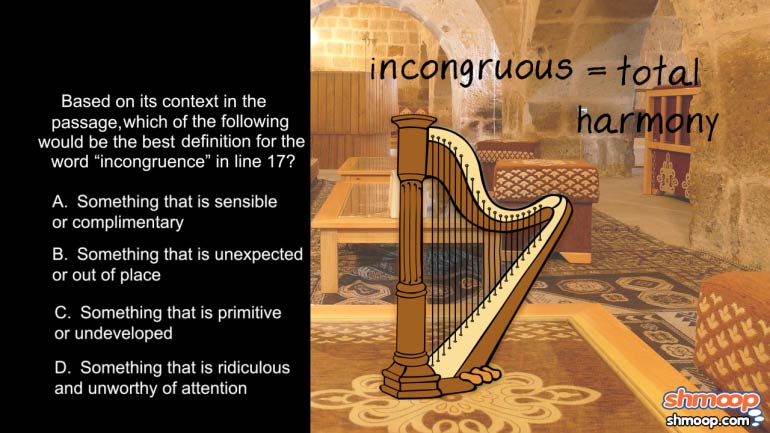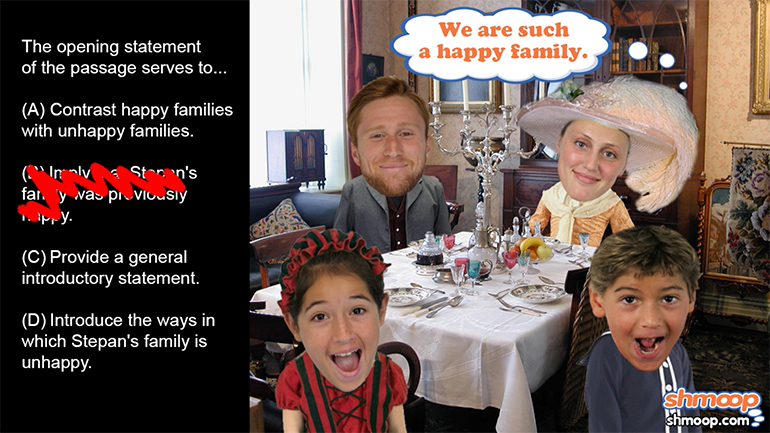ShmoopTube
Where Monty Python meets your 10th grade teacher.
Search Thousands of Shmoop Videos
ACT Reading 1.6 Social Science Passage 223 Views
Share It!
Description:
ACT Reading 1.6 Social Science Passage. How does Freud's attitude toward dreams differ from the attitude of "the majority of medical writers"?
- Foreign Language / Arabic Subtitled
- Foreign Language / Chinese Subtitled
- Foreign Language / Korean Subtitled
- Foreign Language / Spanish Subtitled
- Reading / Author's Voice and Method
- Product Type / ACT Reading
- Literary Texts / Themes in Different Time Periods
- Expository Texts / Logical Connections
- English I EOC Assessment / Opinions
- Reading Informational Text / Evaluate the argument and specific claims in a text
- Reading Informational Text / Evaluate the argument and specific claims in a text
- ACT Reading / Comparative Relationships (Compare and Contrast)
Transcript
- 00:03
Here's your Shmoop du jour, brought to you by every kid ever named Sigmund.
- 00:21
How does Freud's attitude toward dreams differ from the attitude of "the majority of medical writers"?
- 00:34
We've spent enough time with this passage to know that Freud is generally way more into
- 00:38
dreams than his colleagues. Knowing this, we're positive that (D) is
- 00:44
incorrect. In a lot of ways, Freud and his colleagues did not get along.
Full Transcript
- 00:51
As we've said before... Freud's whole argument is that dream interpretation can
- 00:57
be a useful tool in psychoanalysis. Choice (C) is wrong, wrong, wrong.
- 01:01
(B) is wrong for the same reason as (C). It gets Freud's stance totally backwards.
- 01:07
Choice (A) is the only one that gets it right.
- 01:12
Many of Freud's colleagues dismissed dream interpretation out of hand, but Freud argued
- 01:17
for its—limited—validity.
Up Next
ACT Reading 1.5 Social Science Passage. Based on its context in the passage, which of the following would be the best definition for the word...
Related Videos
Want to pull an Oliver Twist and ask us for more? We've gotcha covered. Head over to /video/subjects/test-prep/texas-eoc-ii/texas-eoc-english-ii/ f...
Want to pull an Oliver Twist and ask us for more? We've gotcha covered. Click on the link for more Texas EOC goodness. Porridge not included.
ACT Reading: Humanities Passage Drill 1, Problem 1. Which of the following best describes the main purpose of this passage?




